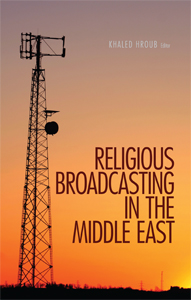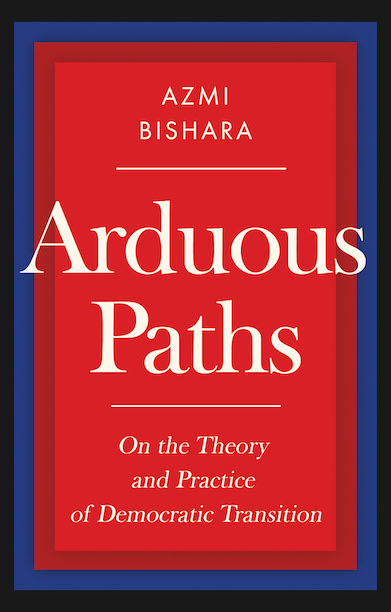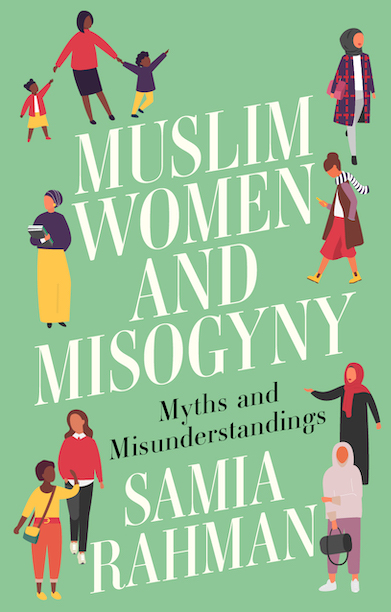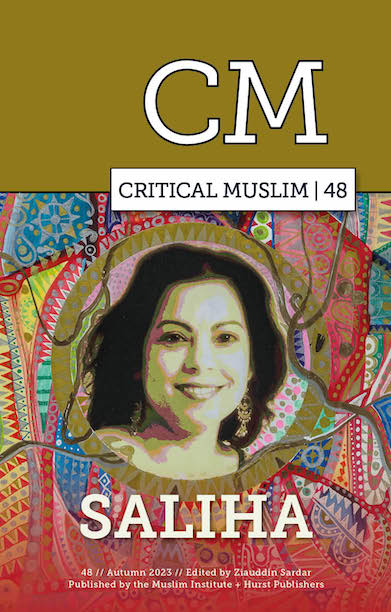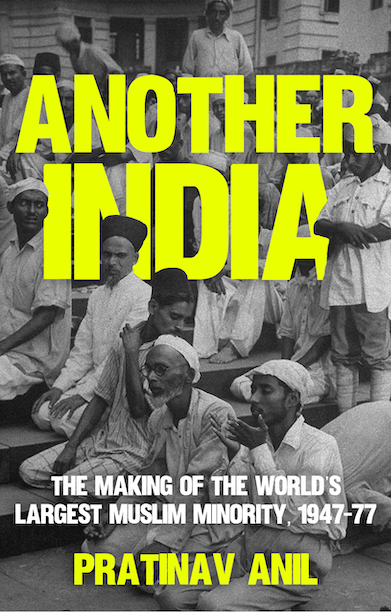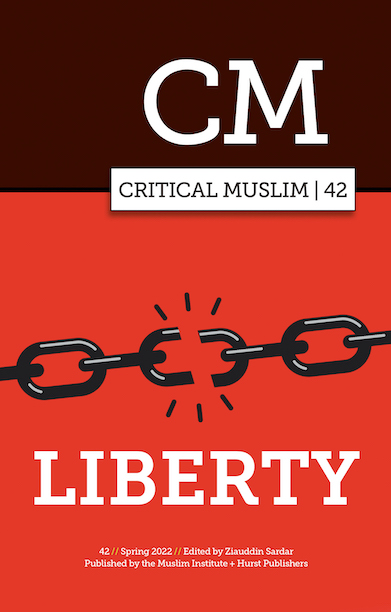Description
During the decade prior to the Arab Spring dozens of Muslim, Christian and Jewish religious channels were established across the Middle East, advocating different forms of religiosity and shaping public perceptions through their transmission of discussion programmes, preaching, proselytisation pure and simple, and guidelines about how best to live a pious life. Most of these channels avoided direct engagement in politics to the extent that many of them would offer no daily news bulletin; only a few were highly politicised before the Arab Spring, amongst them Hamas’s Al-Aqsa channel, Hizbullah’s Al-Manar TV and Sunni/Shia channels in Iraq. Meanwhile, the rising influence and popularity of religious broadcasting was visible on mainstream news channels such as Al Jazeera, Al-Arabiya and others; all have broadcast popular religious shows since their inception.
The highly charged political and religious ferment in the Middle East today has certainly been propitious for such broadcasters as they seek to convey their message. This has in turn reinforced the connection between the dominant ‘religious atmosphere’ and religious broadcasting. The post-Arab Spring climate has reinforced rising religiosity in the area, with Islamist parties emerging victorious in elections. In tandem with the dramatic change in a number of countries in the region, many religious broadcasting channels have been transformed into aggressively political outfits.
Based on monitoring and content-analysis of some of the region’s most influential religious channels and programmes, the contributors to this book offer pioneering insights into this uncharted terrain, exploring the themes, discourses, appearances and the ‘celebrities’ of this still expanding phenomenon of religious broadcasting in the Middle East.
Reviews
‘A major contribution to a number of areas of study…the volume’s contributors have produced a wealth of interesting empirical details and theoretical discussions in solid case studies that will prove useful to interested scholars and students, as well as, non-specialist readers.’— Christopher Anzalone, The Muslim World Book Review, 2014
‘Religious Broadcasting in the Middle East is a groundbreaking volume which will soon establish itself as a seminal text in Arab media and cultural studies. Its thirteen chapters cover a wide geography and contextualise religious broadcasting in the Middle East in a conjunctional and interdisciplinary fashion, providing critical, nuanced and empirically based analyses on the subject. This is a much awaited collection that no one specialising in the Middle East can afford to ignore.’ — Tarik Sabry, Communication and Media Research Institute, Arab Media Centre, University of Westminster
‘This rich and revealing collection of essays goes deep inside the religious television broadcasting which has risen to prominence in the Middle East in recent years. Detailed discussions of programs and stations demonstrate the diversity and importance of these stations, and the messages they are sending across the airways.’ — Marc Lynch, Associate Professor and Director of the Institute for Middle East Studies, George Washington University
Editor(s)
Khaled Hroub is Director of the Arab Media Project at Cambridge University.
